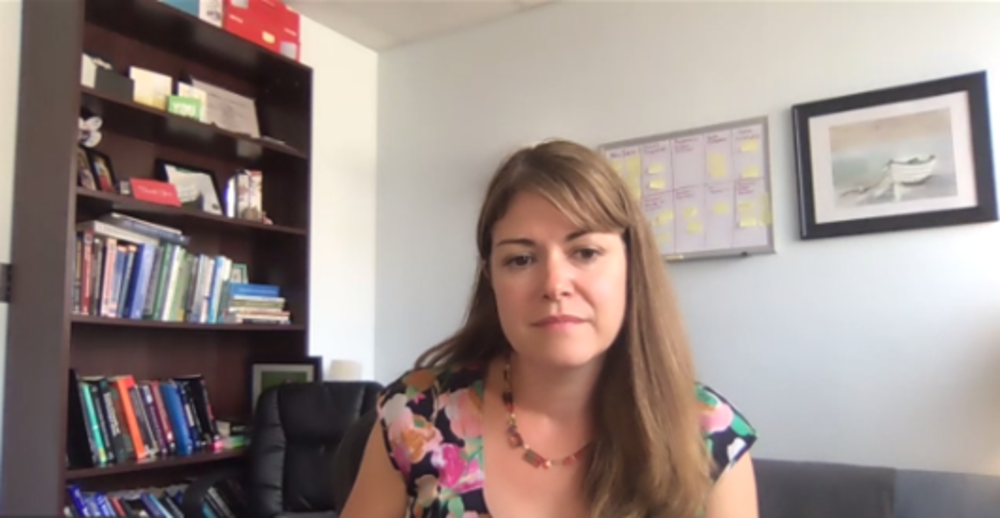Panelists Discussed Innovations in Patient Telehealth Use During Connected Nation Webinar in Michigan
“The telehealth industry has experienced a five-year shift in six months,” said Nick Sarantis, system director of digital health at Baptist Health System, during a Connected Nation Michigan sponsored webinar on Tuesday. The virtual discussion featured a panel of experts from Michigan State Universit











Member discussion